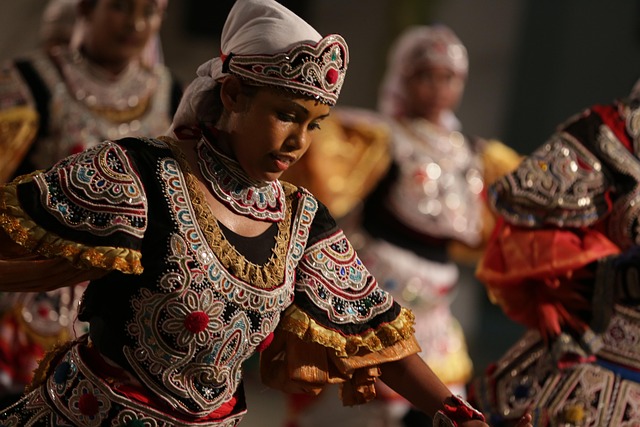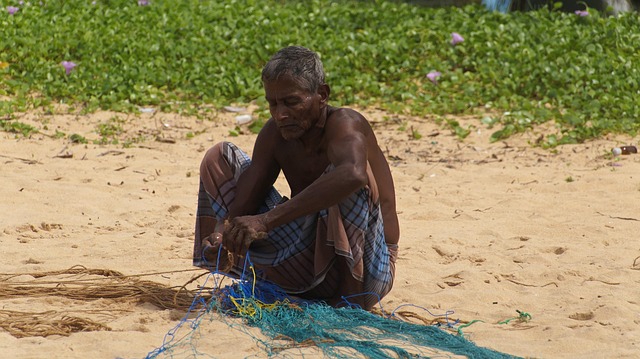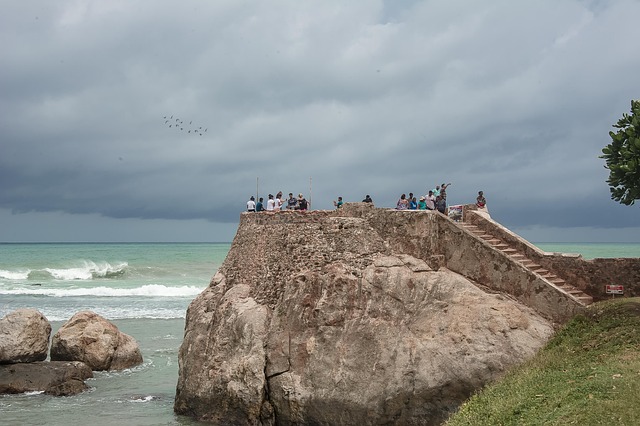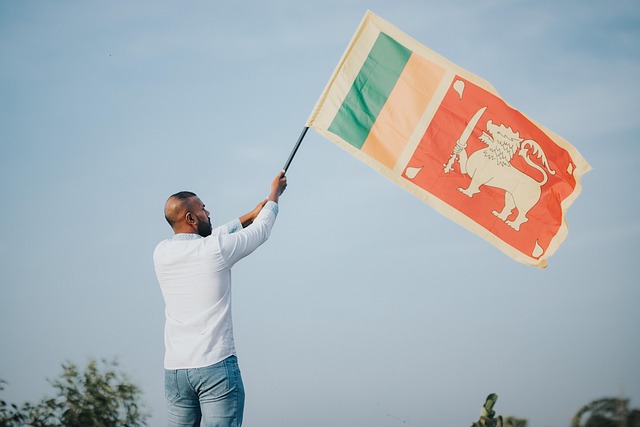Comparing Bangladesh vs Sri Lanka's economic growth reveals stark differences in strategies. Bangladesh focuses on industrialization, infrastructure, and diverse agriculture, while Sri Lanka emphasizes tourism, services, and sustainable practices. Key metrics like GDP, inflation, and per capita income differ significantly. Historical trajectories show Bangladesh prioritizing industrial diversification and population growth, while Sri Lanka shifts towards modernization and technology. Driving forces in Bangladesh include textiles, RMG, IT, and agriculture; urban development rises in Dhaka. In Sri Lanka, tourism, tea exports, and cultural heritage drive the economy, with urbanization in Colombo. A nuanced understanding highlights unique strengths and challenges for each nation's tailored economic strategies.
“Unraveling the economic landscape of Bangladesh and Sri Lanka offers an intriguing comparison between two South Asian giants. This article delves into the intricate metrics defining their growth, providing a historical analysis that highlights each nation’s unique trajectory. From understanding key sectors shaping their economies to examining the factors contributing to their success, we explore why Bangladesh vs Sri Lanka presents a captivating study for investors and policymakers alike. Get ready to navigate the complex yet vibrant worlds of these two thriving nations.”
- Understanding Economic Growth Metrics for Bangladesh and Sri Lanka
- Examining Historical Growth Rates: A Comparative Analysis
- Key Sectors Driving Growth in Each Country's Economy
Understanding Economic Growth Metrics for Bangladesh and Sri Lanka

When comparing Bangladesh vs Sri Lanka’s economic growth rates, understanding key metrics is crucial. Both countries have shown impressive progress over the years, but examining indicators like GDP growth, inflation rates, and per capita income provides a more nuanced view. Bangladesh has traditionally focused on rapid industrialization and infrastructure development, leading to strong economic momentum, while Sri Lanka prioritizes tourism, services, and agricultural diversification.
Moreover, a bangladesh vs sri lanka comparison reveals stark differences in social integration and minority rights, religion-based practices, farming techniques, and crop yields. Bangladesh’s diverse landscape lends itself to dynamic farming methods, contributing to its robust agricultural sector. In contrast, Sri Lanka’s focus on sustainable agriculture and minority rights has positively impacted its public healthcare accessibility. Comparing these aspects gives a holistic view of each nation’s strengths and challenges, highlighting the importance of tailored economic strategies that consider unique geographical, cultural, and social contexts, such as giving us a call at popular sports and athletic achievements to foster shared prosperity.
Examining Historical Growth Rates: A Comparative Analysis

When comparing Bangladesh vs Sri Lanka’s economic growth rates, a significant aspect to consider is their historical trajectories. Both countries have experienced substantial economic transformations over the past decades, but their paths differ in several key areas. Bangladesh has traditionally focused on agricultural development and industrial diversification, which contributed to its rapid population growth rates and changing demographic patterns. In contrast, Sri Lanka’s economy was heavily reliant on agriculture and tourism until recent years, with a notable shift towards modernisation and technological advancements.
Examining these historical trends reveals unique narratives. Bangladesh’s access and quality differences in education systems have played a pivotal role in shaping its workforce and economic potential. As the country navigated through challenges like natural disasters and political instability, it adopted sustainable practices implementation in tourism to boost its economy. Meanwhile, Sri Lanka, with its strategic location and diverse natural resources, has been working on improving journalistic ethics and media representation to foster a more transparent business environment. Population growth rates and distribution patterns also vary, influencing each country’s economic strategies and future prospects.
Key Sectors Driving Growth in Each Country's Economy

In Bangladesh, several key sectors are propelling economic growth, including textiles, ready-made garments (RMG), agriculture, and information technology (IT). The country has made significant strides in garment manufacturing, becoming a global leader in exports, thanks to its skilled workforce and favorable government policies. Agriculture remains a vital pillar, contributing substantially to GDP and employing a large portion of the population. Bangladesh’s urbanization trends show a steady rise, with cities like Dhaka experiencing rapid growth, which presents both opportunities and challenges for infrastructure development. The digital literacy rates in Bangladesh have improved, and the country is embracing technological advancements, particularly in IT services and e-commerce.
In contrast, Sri Lanka focuses on tourism, tea export, and agriculture as its primary drivers of economic growth. The country boasts a robust tourism industry, attracting visitors with its rich cultural heritage, historical sites, and scenic landscapes. Tea remains a significant export commodity, contributing to the nation’s foreign exchange reserves. Similar to Bangladesh, Sri Lanka is experiencing urbanization trends, with Colombo emerging as a bustling metropolis. However, the social structures in Sri Lankan communities differ from those in Bangladesh, reflecting diverse ethnic and cultural backgrounds. To gain a comprehensive understanding of these economies, visit us at bangladesh vs sri lanka: cricket and other cultural games media anytime.
When comparing Bangladesh vs Sri Lanka in terms of economic growth rates, both countries have shown significant progress. Bangladesh has experienced consistent high growth, driven by sectors like textiles and IT services, while Sri Lanka focuses on tourism and agriculture. Historical data reveals fluctuations but also steady improvement for both nations. Understanding these metrics and key drivers is essential for navigating the competitive Bangladesh vs Sri Lanka economic landscape and fostering regional growth.
